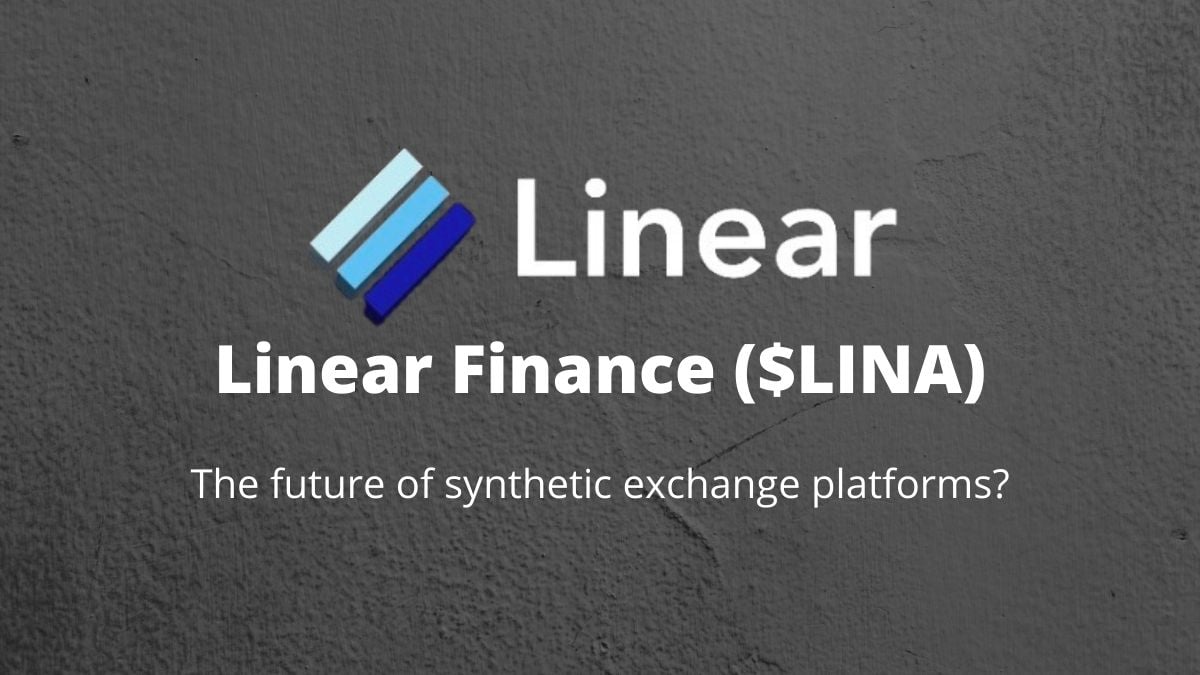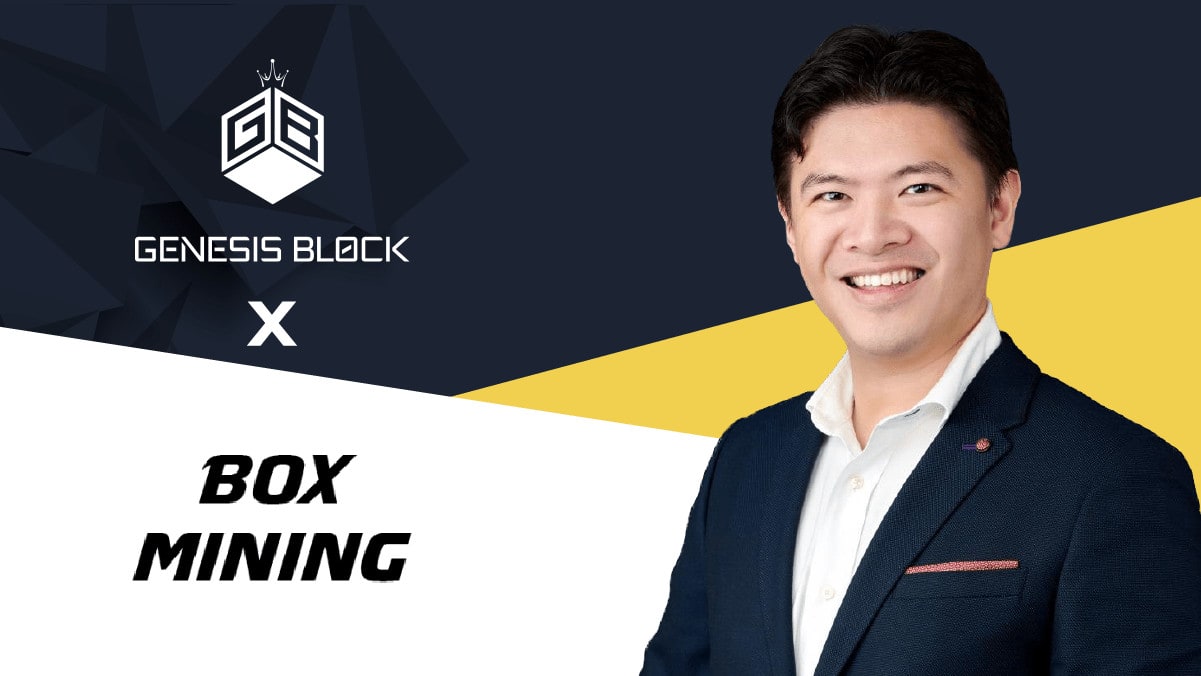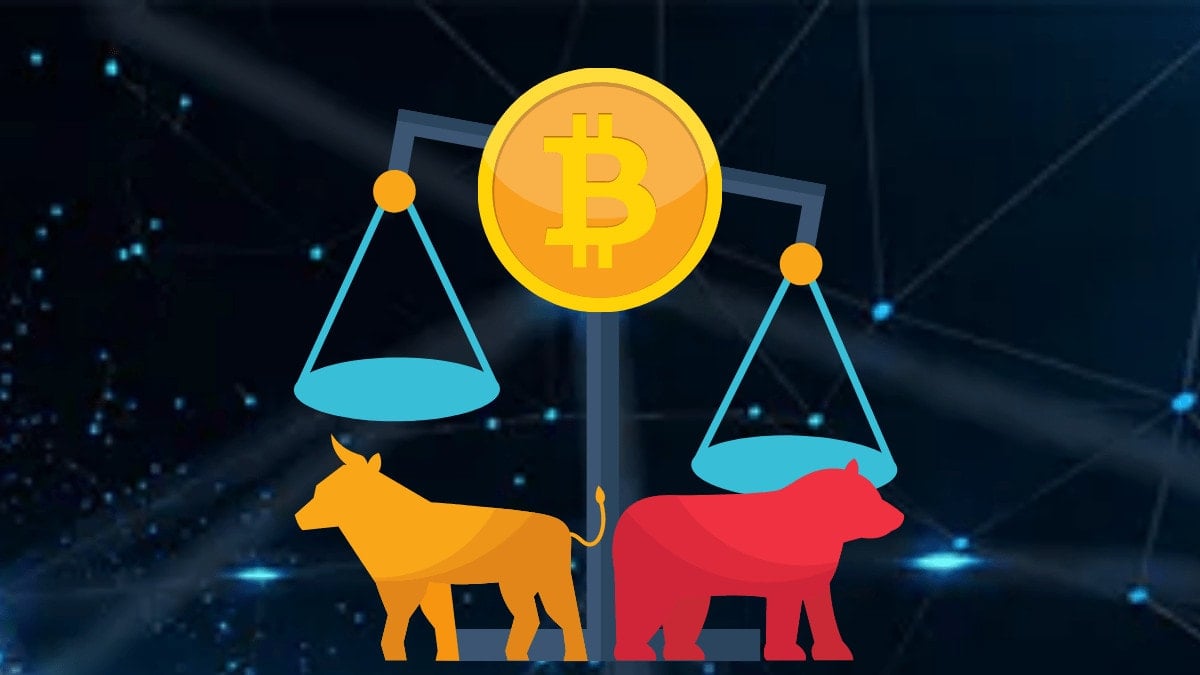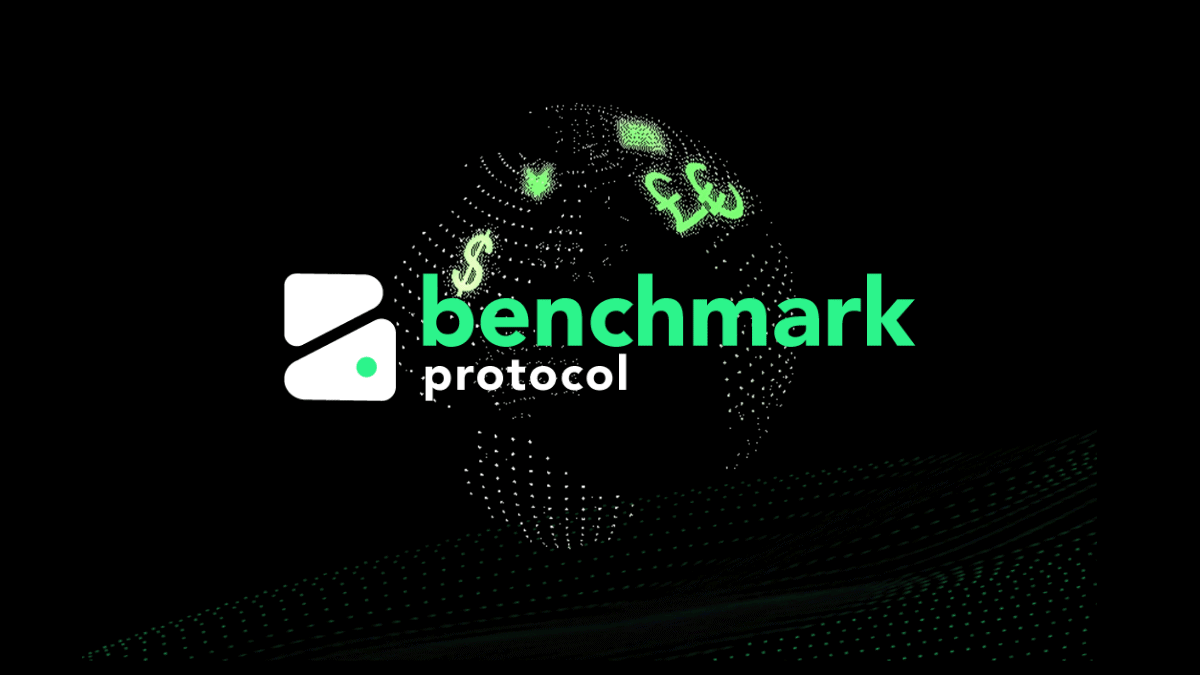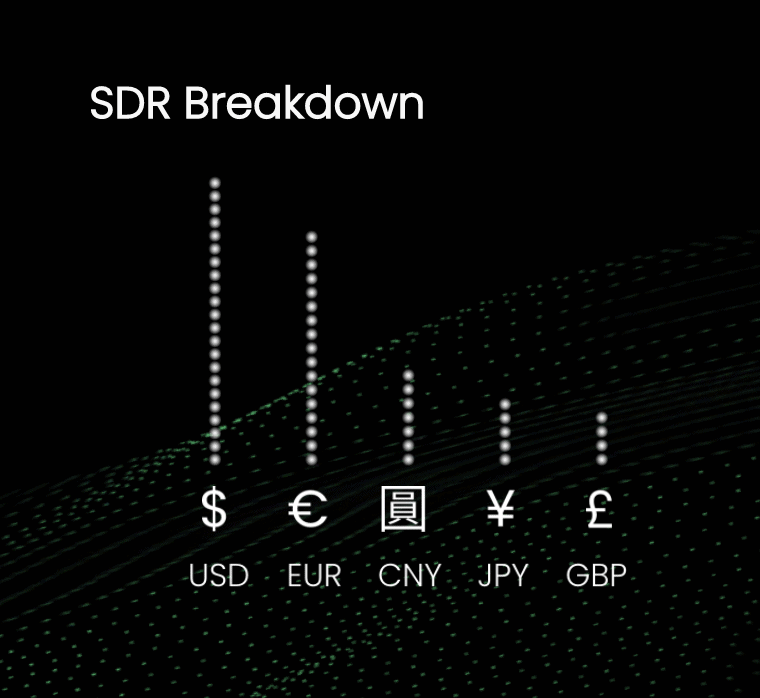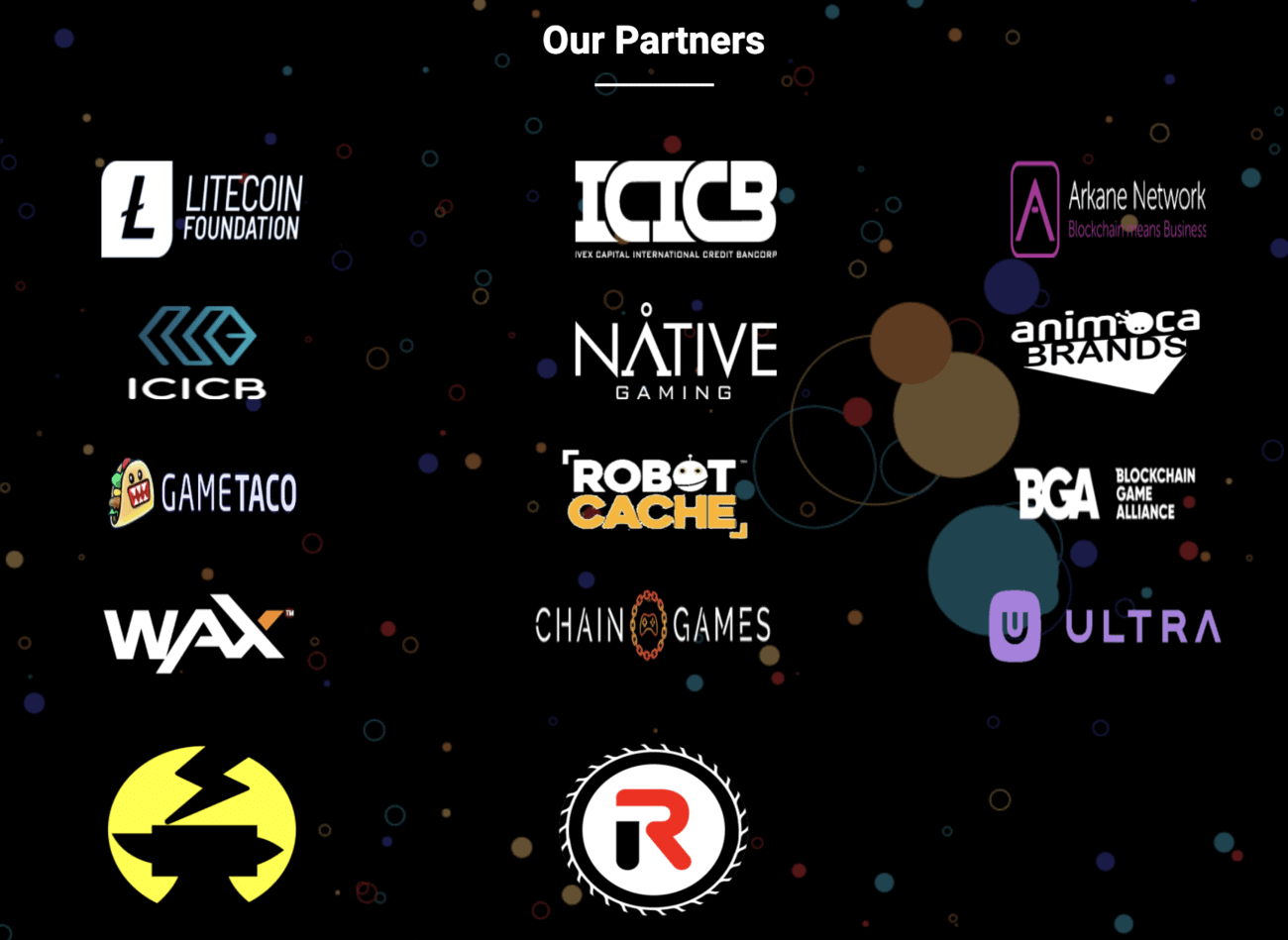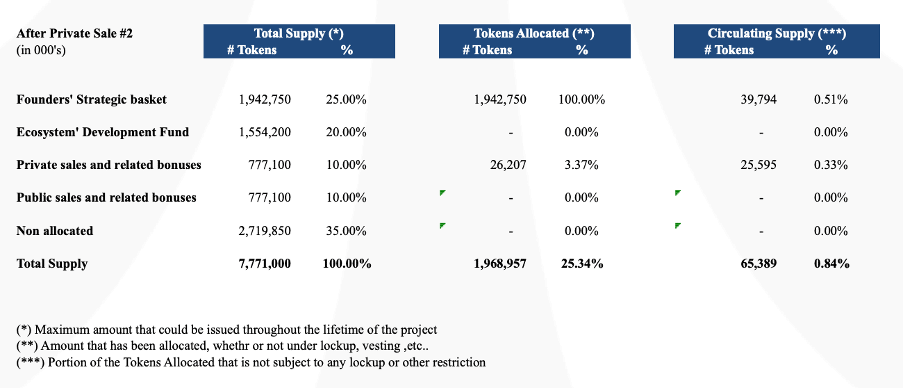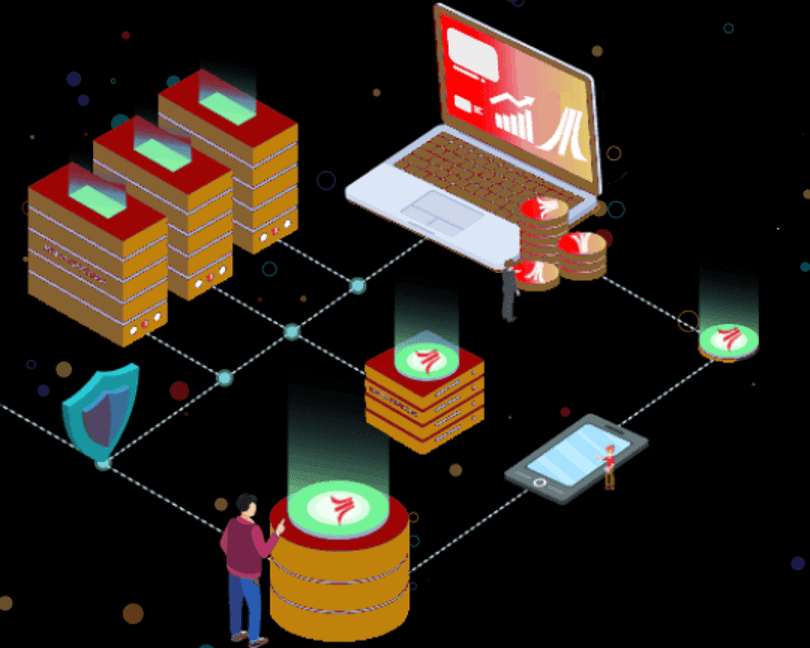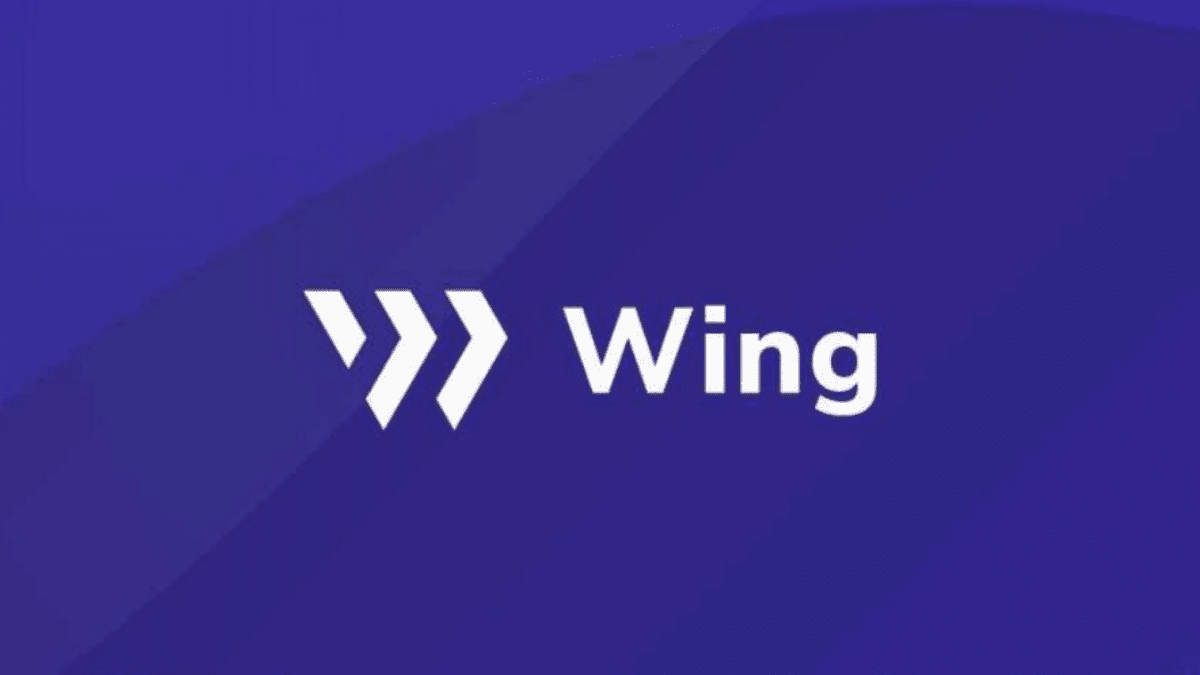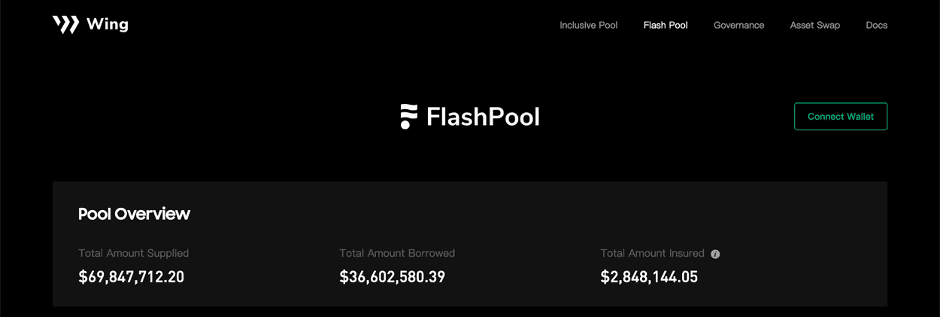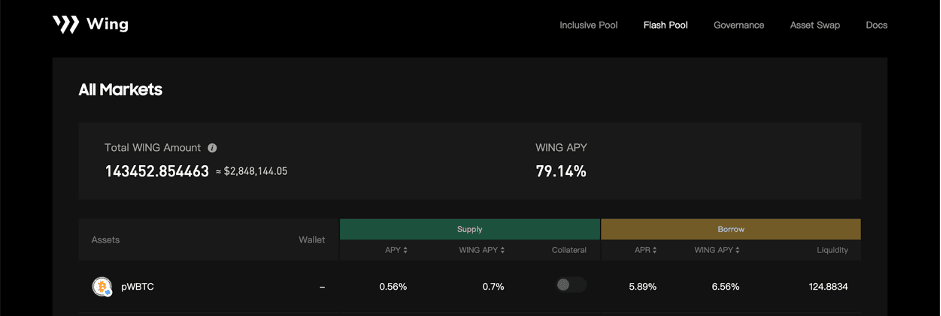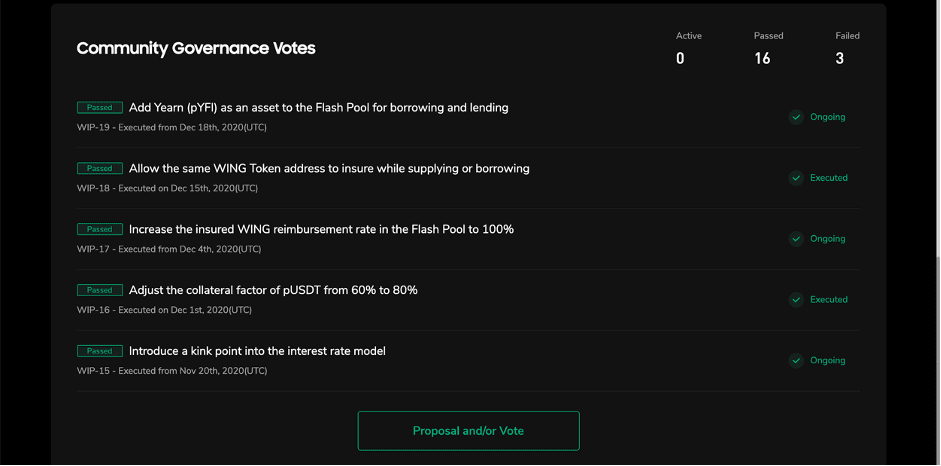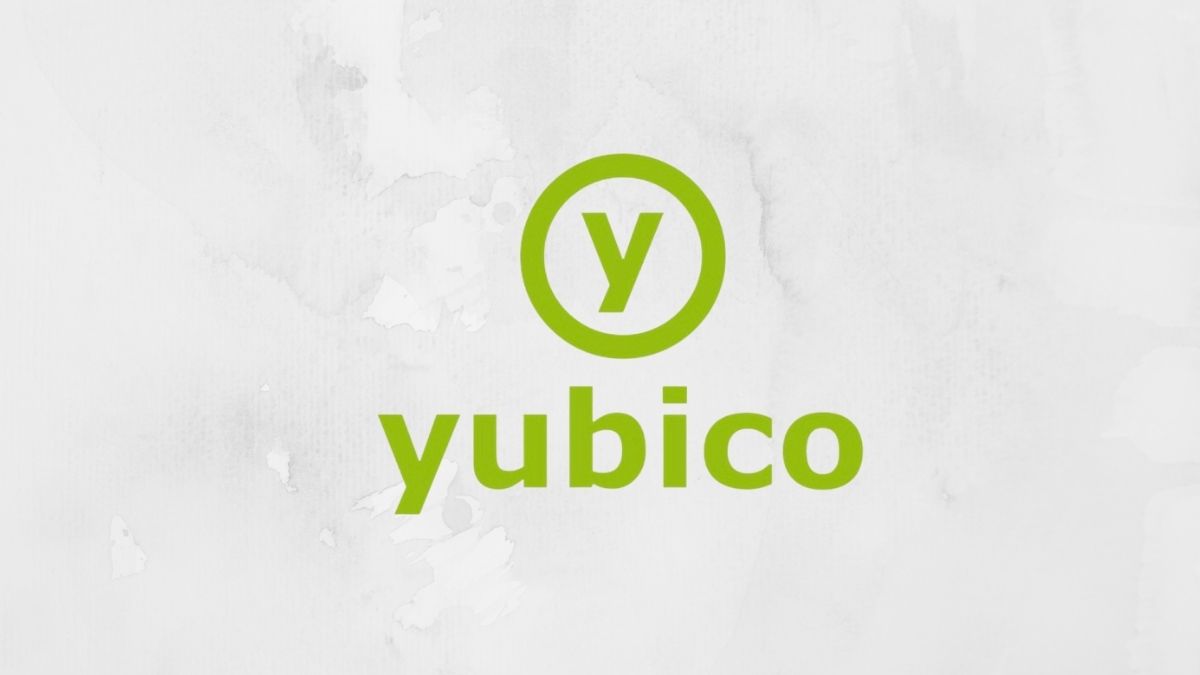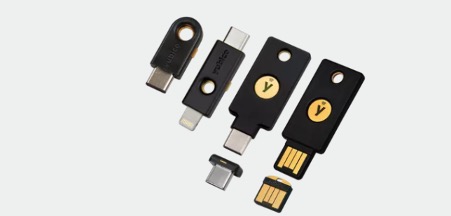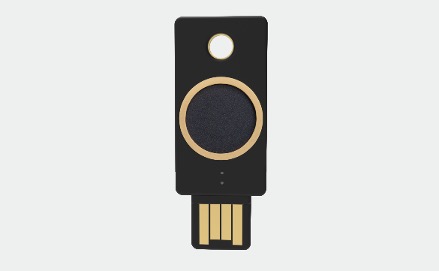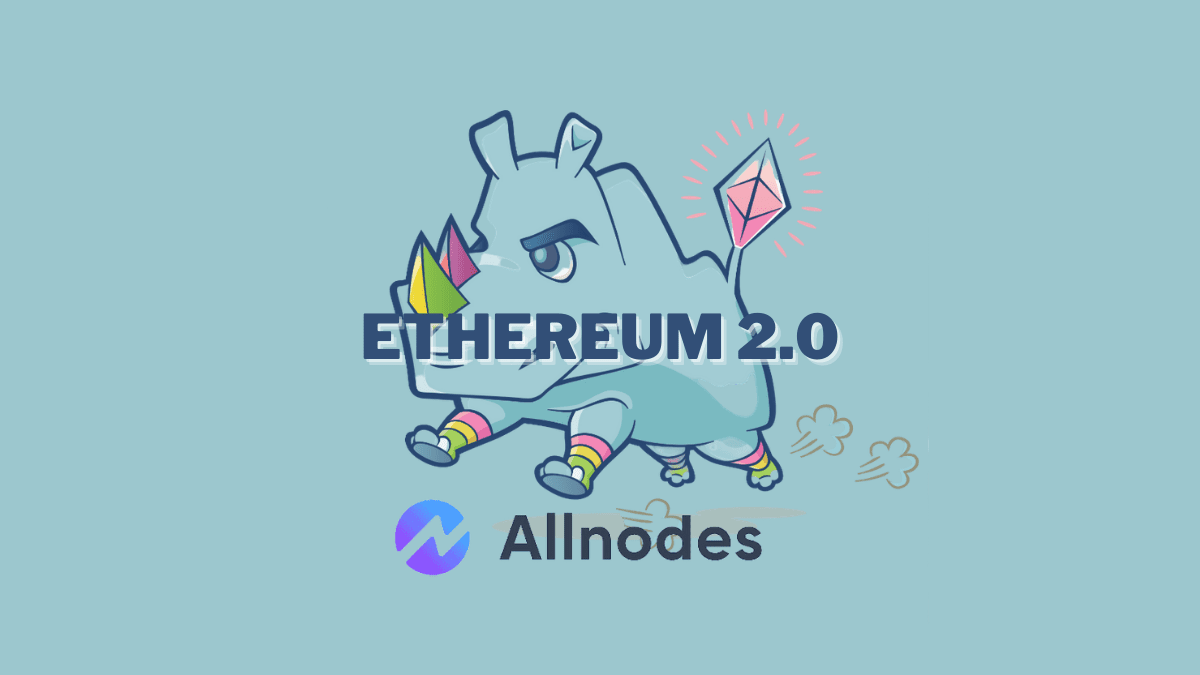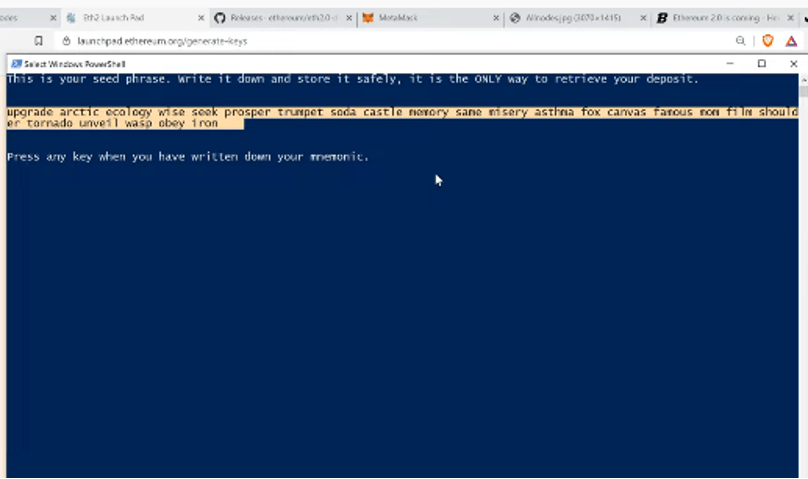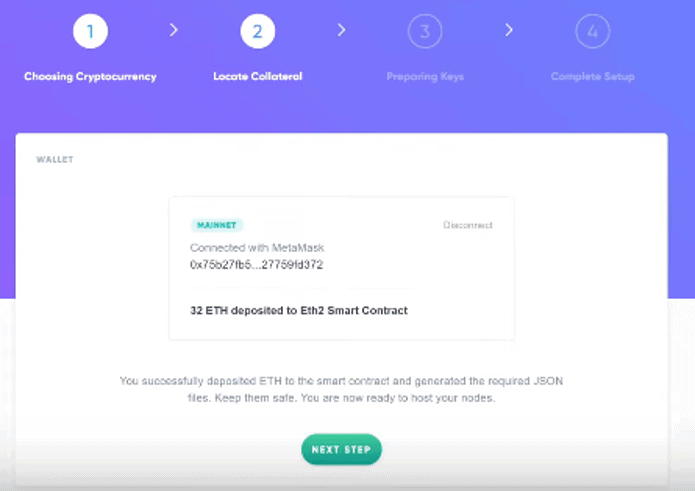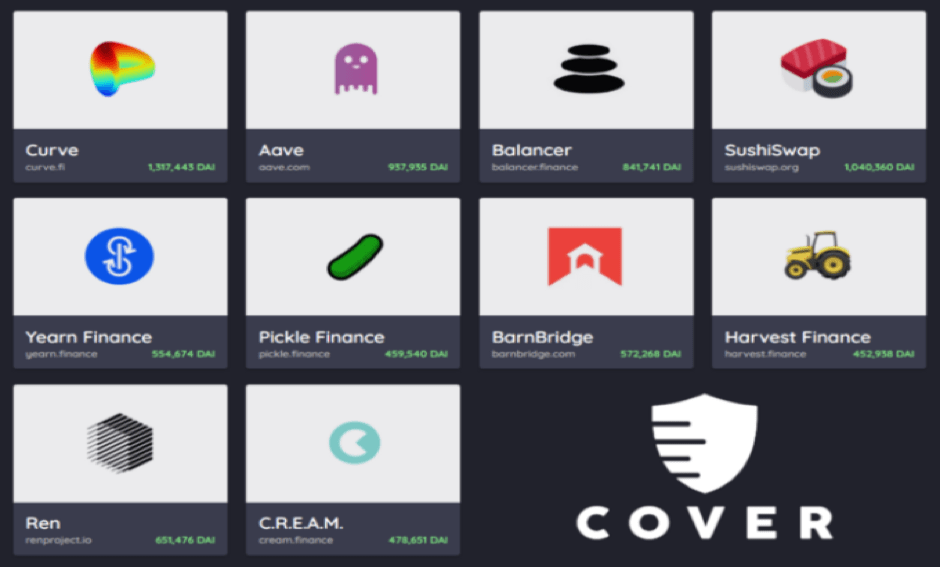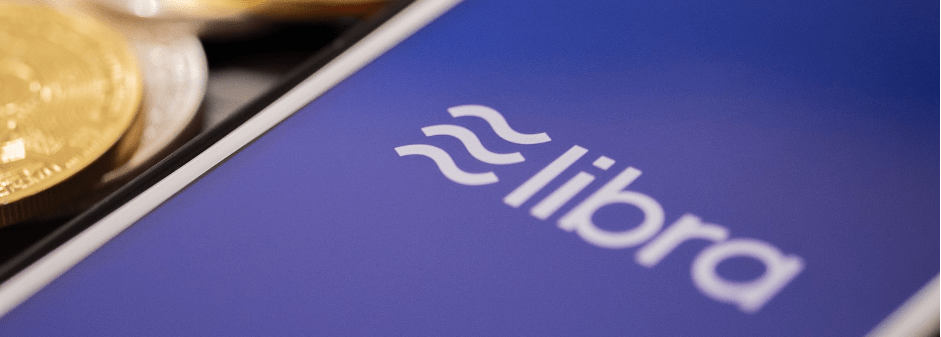Linear Finance ($LINA) understands that decentralized finance (DeFi) has opened new possibilities for derivative offerings and that many exchanges have the apparent problems of front-running, expensive gas fees, and liquidity issues. Linear Finance seeks to go around those issues with its cheap, quick, and transparent synthetic asset exchange platform. With Linear, users can simply make a synthetic asset that contains a portfolio of different underlying tokens based on the exposure that they are willing to take. This presents new yield-making opportunities for anyone based on their customized financial goals.
Check out our interview with Linear Finance!
Background
Drey Ng and Kevin Tai, Co-founders of Linear Finance, built the project with a vision of an inclusive and more democratized access to investment opportunities. By their team’s expertise in different crypto initiatives and financial instruments, Linear made a cross-chain, Ethereum-based protocol that seeks to fulfill their vision.
With Linear, users can make their own portfolio exposures and manage them on their own. This initiative enables investors to easily invest, save, and earn efficient profits from their assets.
What is Linear Finance?
Linear Finance is a decentralized delta-one asset protocol where users can make, manage, and trade synthetic assets. This gives users exposure to different kinds of assets without having to actually own their underlying assets.
An additional feature that Linear Finance has introduced is a cross-chain compatible and decentralized protocol that can support a faster, more affordable, and secure exchange of synthetic assets.
Linear Finance’s platform is powered by its native token, LINA. It can be used for many purposes such as payments, staking, liquidity mining, governance, and investing in “Liquids.” Liquids are Linear’s synthetic assets composed of different underlying tokens or investment options.
LinearDAO
LinearDAO is the governance community who controls important platform designs and system parameters including pledge ration, LINA inflation reward and frequency, transactions fees, proposal implementation, and many more. Furthermore, they also regulate the profit and loss regarding liquidation.
Perks and Special Features
The project promises infinite liquidity and no slippage. Here are some of the perks users can find with Linear Finance:
- Convenience: The protocol promises quick transactions with low transaction fees. Any kind of user can enjoy the platform as well, whether they are a market maker, staker, or trader.
- Transparency: To prevent front-running, every transaction made within the exchange is made transparent to all users. This also reduces systemic risks on the part of each network participant.
- Ethereum-based: Because it is built on the Ethereum network with cross-chain compatibility, it can work alongside other DeFi projects too.
- User-tailored options: There are different exposure options that users can freely choose from, such as other tokens, commodities, or market indices.
The whole Linear platform is built on two different blockchains but they complement each other thanks to cross-chain compatibility. For users, they only need to open an Ethereum-based wallet and an EVM-compatible wallet.
Linear automatically links these two together through smart contracts. Here are some of the advantages of an infrastructure modeled around that concept. They are:
- Maximized DeFi support: While LinearDAO and LINA tokens are based on Ethereum, its use of EVM and smart contracts make it easy for the platform to interact with other DeFi protocols.
- Affordability: Buildr and Exchange function through smart contracts on top of EVM-compatible blockchains. This enables Linear to support the building and trading of Liquids at very minimal gas fees.
- Fewer risks of front-running: The block time confirmation for other EVM-compatible blockchains are much faster than Ethereum. This allows users to create their own Liquids at more updated prices through the help of oracles. This way, the risk of users front-running the exchange becomes much lower.
LINA Token
LINA can be used for payments, staking, and governance participation. But mainly, LINA functions as the base collateral needed to mint Liquids through Buildr, the decentralized application (dApp) designed to manage synthetic assets.
To create Liquids, users have to “pledge” 100% of their digital assets, which also means collateralization. This is to ensure that Liquids are fully-backed by an underlying asset, saving the stability of the system from the volatility of synthetic assets. The pledge requirement can be reduced eventually if the LinearDAO deems it necessary.
Collateralization
Buildr takes a hybrid approach in terms of collateralization. For Liquids, users need to deposit a mixture of LINA and other cryptocurrency tokens to generate a synthetic asset. The ratio is 80:20, where at least 80% of the collateral must be in LINA and 20% can be in other cryptocurrencies.
Staking
Staking LINA offers users many incentives. These are the following rewards that users can receive by doing so:
- Exchange Fee Reward: The transaction fees collected from users of the Linear.Exchange platform, currently set at 0.25%, is redistributed weekly to LINA stakers on a pro-rata basis. For non-LINA stakers, these rewards can also be provided too but it will depend on the decision of the community governance council.
- Inflationary Reward: LINA has a starting inflation rate of 75% which decreases on a weekly basis. The inflation reward is given to LINA stakers on a pro-rata basis as well.
- Yield Farming: Yield farmers help maintain Linear’s debt pool and the whole platform. For the first two years of the project, users who actively use the exchange can receive token bonuses. These token bonuses can then be deposited by yield farmers in other liquidity pools such as Balancer, Curve, and Uniswap.
Where can I buy/sell/trade $LINA?
$LINA is now tradable on other exchanges as well like Bitmax, MXC, Bilaxy, Bibox, Hotbit and Hoo.
Linear.Exchange
In facilitating faster trade activities with almost unlimited liquidity, Linear is building their own exchange. As of now, Liquid is collaborating with other public blockchains to reduce transaction settlement timeframes to as quick as one second every transaction coupled with instant finality.
With a plan of partnering with oracles, Linear also believes that they can solve problems with front-running as they gain the capability of refreshing prices on a frequent and quick basis at much lower prices for the underlying assets.
Linear Finance ($LINA) token public sale
The token public sale took place on 14th September 2020. A total of 47,222,222 LINA tokens were sold in 2 rounds. The first round had 25mil tokens at $0.00400 per token. The second round, 22,222,222 tokens at $0.00450 per token.
The sale was 40 times oversubscribed and closed earlier than expected (it was supposed to last for 24 hours). Each participant in the sale had to purchase 500 USDT/USDC worth of LINA. Hence only 400 participants were able to get the allocation on a FIRST COME FIRST SERVED basis. This was determined by the time/date stamp on their Google Form submission. The first 200 users were allocated LINA tokens from round 1, and the remaining 200 participants from round 2. This was however subject to the registrants completing the KYC process in a period of 24 hours.
$LINA was first listed on Uniswap and reached more than 20x from public sale price (and around 60x from private sale round 1). It is now stabilized at around $0.005 (as at 3 November 2020).
Linear pre-staking platform
Immediately after listing, Linear Finance has launched its staking platform. Holders can participate in the 8 weeks pre-staking program and get rewarded. The APY has been around 600% for weeks and has now decreased around 370%. All the earnings will be claimable 6 months after mainnet launch but users can withdraw their staked funds at anytime.
Partnership announcements
In the weeks following the launch, Linear has announced partnerships with Nervos, Moonbeam and Hex Trust.
Nervos is an open source blockchain that offers security and trustlessness without compromising on scalability and performance with its unique layered architecture. The collaboration is focused on improving Linear’s cross chain capabilities and penetration of the Chinese market.
Moonbeam, an Ethereum ($ETH) compatible smart contract parachain, is a strategic partner to help set the feet into the Polkadot ($DOT) ecosystem and level up Linear’s interoperability. Finally, the partnership with Hex Trust as a custody partner, will give Linear the chance to offer secure, institutional grade custodial services for institutional investors.
A next announcement has revealed a new partnership with 3Commas, a cryptocurrency trading platform that helps users build automated trading bots. The investment is meant “to include future integration of the platforms and tools, streamlining operations and allowing for a greater range of features and offerings”.
Testnet is live
On 16th October 2020, the first testnet for Buildr has been released. Buildr is one of the core dApps of the Linear suite, where users can stake their $LINA (and soon more collaterals) to build ℓUSD, the base currency of Linear Exchange. Stakers are entitled to rewards and to a part of the transaction fees generated by the exchange. ℓUSD tokens can be minted to purchase synthetic assets within the exchange itself and can be moved to other protocols.
The last testnet update has just come out allowing users to purchase “Liquids” with ℓUSD on Linear.Exchange. Meanwhile, mainnet launch is allegedly happening in a couple of weeks.
If you want to read more and discover how to contribute to the testnet, please have a look at the articles here and here.
More than 222 million of $LINA tokens are staked, for a total value of more than USD$1 million.
New Partnership with Band Protocol
In this article dated November 16, Linear Finance has ufficially announced their partnership with Band Protocol, cross-chain decentralised oracle.
The biggest problem this collaboration is trying to solve is front running. As Drey Ng, Co-Founder at Linear Finance said: “Front running is a fundamental problem not just for current synthetic asset trading but all trading in general”. Not solving this problem would jeopardize all “the benefits of cross-chain compatibility (such as speed and cost), and a superior creative selection of synthetic assets”.

Other reasons why Band Protocol was chosen are the minimized network risk., end-to-end customizability for real-time data and truly decentralized oracle mechanism. The partnership will start securing the Linear Protocol on Binance smart Chain, the first project’s cross-integration, where the BEP token has just been created (the common $LINA we see on exchanges is an ERC-20 token).
The team is now working on features to allow users to seamlessly swap chains.

Mainnet Buildr Launch and new staking program
The Linear Mainnet Buildr v1.0 went live on December the 21st, after months of extensive testing. The Buildr dApp is the heart of Linear’s decentralised application suite. Users can stake $LINA tokens to build ℓUSD and earn rewards. Here is a complete and detailed guide on how to use Buildr to the fullest.

All of the $LINA from the pre-staking program were migrated seamlessly to the mainnet and while previously earned rewards will be blocked until next June, new mainnet staking rewards will be locked for 1 year from launch. They will count towards the P-Ratio and can be used to build $LUSD. It is important to note that in order to be eligible for rewards, users are required build ℓUSD or any subsequent Liquids.
Binance Smart Chain’s Buildr v2.0 launch
As anticipated, Linear wants to bring Cross Chain compatibility and ease of use to Defi and Ethereum users. The team had, in fact, previously declared that “Linear was designed for all users (no matter how much LINA you hold) and transaction costs will not become a barrier to entry. Nobody will get left behind”.
The promise has been kept and Linear.Builder Mainnet v2.0 with full Binance Smart Chain (BSC) integration and swap has gone live on January the 15th, 2021. Users can now enjoy almost gasless fees when interacting with the platform.
The transaction was seamless and old stakers only have to connect to Buildr via MetaMask using the BSC Mainnet (they can also use Binance Chain Wallet) and they will see their Lina tokens and rewards already there. For new holders who would like to stake for the first time, there is an internal ERC-20 -> BEP20 swap whithin Buildr itself. More info and complete instructions can be found on the Medium article.
Be careful!: There are now two versions of the $LINA token. If you send the Etherum version to a BSC wallet or vice-versa (whether it is a custodial or non-custodial address) you will lose your tokens! If in doubt on what to do, contact the support team via the official channels which you can find on their Website.
Linear will be listed on Binance Innovation Zone
Binance has announced it will list Linear Finance’s $LINA token on its Innovation Zone. Trading for $LINA/$BTC, $LINA/$BUSD and $LINA/$USDT trading pairs will start at 12:00pm (UTC) on 18th March 2021.
Furthermore, Binance Launchpad is offering 21,084,000 LINA tokens for sale at at 0.00031044 BNB for 1 LINA. Subscription has already ended at 1:00p.m. (HKT) on 18th March 2021 and tokens will be sent to successful applicants at 6:00p.m. (HKT) on the same day.
Conclusion
With the rising gas prices in Ethereum, as well as the emerging trend of yield farming, the DeFi space is presented with new financial opportunities but is discouraged by its costs. Projects such as Linear is a promising addition to the space as it seeks to go around these problems.
With Linear as a platform to easily build and manage investments, users can now enjoy quick and affordable profit-building opportunities. And in recognition of the real purpose of decentralization, Linear appears to be on the right track after putting in the pipelines a roadmap for a planned transition to community governance.
Linear is certainly on the radar of a lot of renowned investors in this space. They have recently completed a USD$1.8m seed round with notable backers in the investment space such as NGC Ventures, Hashed, CMS Holdings, Genesis Block, Kenetic Capital, Alameda Research, Evernew Capital, Soul Capital, Moonrock Capital, Black Edge Capital and PANONY. According to Linear, this funding will go towards accelerating the development of their testnet and mainnet, as well as promoting their platform. It will certainly be exciting to see what the Linear Finance team will be releasing in the months to come.
Decentralised Finance (DeFi) series: tutorials, guides and more
With content for both beginners and more advanced users, check out our YouTube DeFi series containing tutorials on the ESSENTIAL TOOLS you need for trading in the DeFi space e.g. MetaMask and Uniswap. As well as a deep dive into popular DeFi topics such as decentralized exchanges, borrowing-lending platforms and NFT marketplaces
The DeFi series on this website also covers topics not explored on YouTube. For an introduction on what is DeFi, check out Decentralized Finance (DeFi) Overview: A guide to the HOTTEST trend in cryptocurrency
Tutorials and guides for the ESSENTIAL DEFI TOOLS:
- MetaMask Guide: How to set up an account? PLUS tips and hacks for advanced users
- Uniswap review and tutorial: Beginners guide and advanced tips and tricks
- Serum DEX guide and review
- SushiSwap ($SUSHI) explained
- 1inch Exchange, Mooniswap and Chi GasToken: The ultimate review and guide
More videos and articles are coming soon as part of our DeFi series, so be sure to SUBSCRIBE to our Youtube channel so you can be notified as soon as they come out!
Disclaimer: Cryptocurrency trading involves significant risks and may result in the loss of your capital. You should carefully consider whether trading cryptocurrencies is right for you in light of your financial condition and ability to bear financial risks. Cryptocurrency prices are highly volatile and can fluctuate widely in a short period of time. As such, trading cryptocurrencies may not be suitable for everyone. Additionally, storing cryptocurrencies on a centralized exchange carries inherent risks, including the potential for loss due to hacking, exchange collapse, or other security breaches. We strongly advise that you seek independent professional advice before engaging in any cryptocurrency trading activities and carefully consider the security measures in place when choosing or storing your cryptocurrencies on a cryptocurrency exchange.
